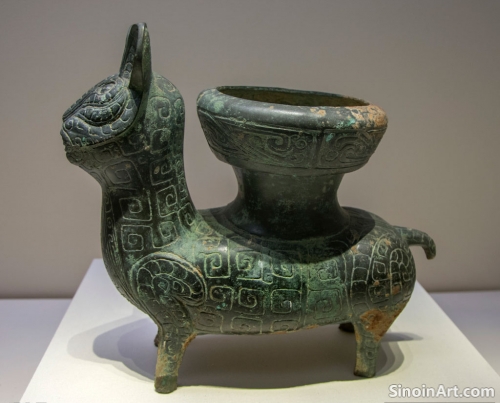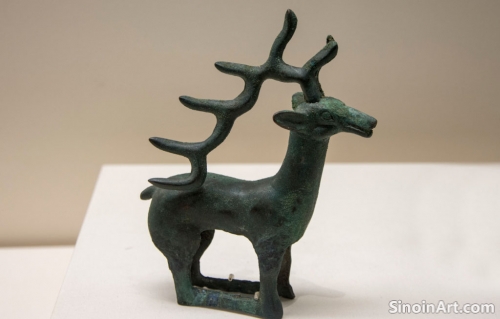The Ritual Use of Bronze Mirrors in Ancient China: Connecting Worlds and Warding Off Evil
|
Beyond personal grooming, bronze mirrors held a significant place in ancient Chinese rituals, used for both practical and symbolic purposes, ranging from divination and communication with spirits to repelling evil forces and ensuring prosperity. The spiritual significance of these objects went beyond their everyday use. The complex symbolism of these mirrors helped to make them powerful ritualistic tools.  Bronze mirrors were often used in funerary rituals, placed in tombs with the belief that they would help guide the soul of the deceased to the spirit world, as well as to provide protection against malign forces. The mirrors were seen as objects that could act as portals to another world. The use of mirrors in burials helped to protect and guide the departed on their journey into the afterlife.  Mirrors were used in various divination practices, reflecting light onto surfaces and believed to reveal messages, omens, or prophecies from the heavens. The reflective surface was thought to have the ability to perceive forces beyond the material world. The careful use of mirrors could be used to gain new understanding of the spirit world.  Bronze mirrors were also sometimes used in rituals to purify spaces, ward off evil spirits, and attract positive energy, used to create a sense of balance and protection, bringing good fortune and prosperity. The mirrors were seen as having power over the forces of the spirit world. The study of bronze mirrors and their use in rituals reveals the interconnectedness of the material world with the spiritual realm in ancient Chinese culture, highlighting the belief that objects possessed inherent power and symbolic meaning. The careful study of these objects reveals much about the rituals, beliefs, and traditions of ancient China. The blending of the spiritual and the material is an essential element in Chinese ritual practice. |
Tag : ritual bronze mirrors, Chinese divination, spirit world, mirror magic, protective objects
Related information
- The Production and Use of Bronze in the Ancient Kingdom of Shu: The Uniqueness of Sanxingdui
- The Craftsmanship Behind Chinese Bronze Ware: Techniques and Methods
- The Influence of Bronze Ware on Ancient Chinese Architecture: Decorative Elements and Structural Supports
- Bronze Ware and the Representation of Authority: Imperial Symbols and Power
- The Use of Bronze in Ancient Chinese Food Preparation and Dining: Utensils and Vessels
This article explores the bronze ware of the ancient kingdom of Shu, highlighting the unique artifacts discovered at Sanxingdui, the distinct casting techniques, and the cultural significance of this powerful and largely independent civilization.
This article explores the craftsmanship behind Chinese bronze ware, detailing the lost-wax casting method, the composition of bronze alloys, and the intricate techniques used to create the detailed designs, highlighting the technical mastery of ancient bronze workers.
This article explores the influence of bronze ware on ancient Chinese architecture, highlighting its use in decorative elements, structural supports, and other components that helped to enhance the beauty and functionality of ancient buildings.
This article explores the representation of authority in Chinese bronze ware, highlighting the use of symbols, emblems, weapons, and other objects to demonstrate imperial and elite power, and the connections between material culture, political ideology, and the assertion of control.
This article explores the use of bronze in ancient Chinese food preparation and dining, highlighting the creation of cooking pots, serving utensils, and tableware, and demonstrating how bronze was integrated into both daily life and social customs.